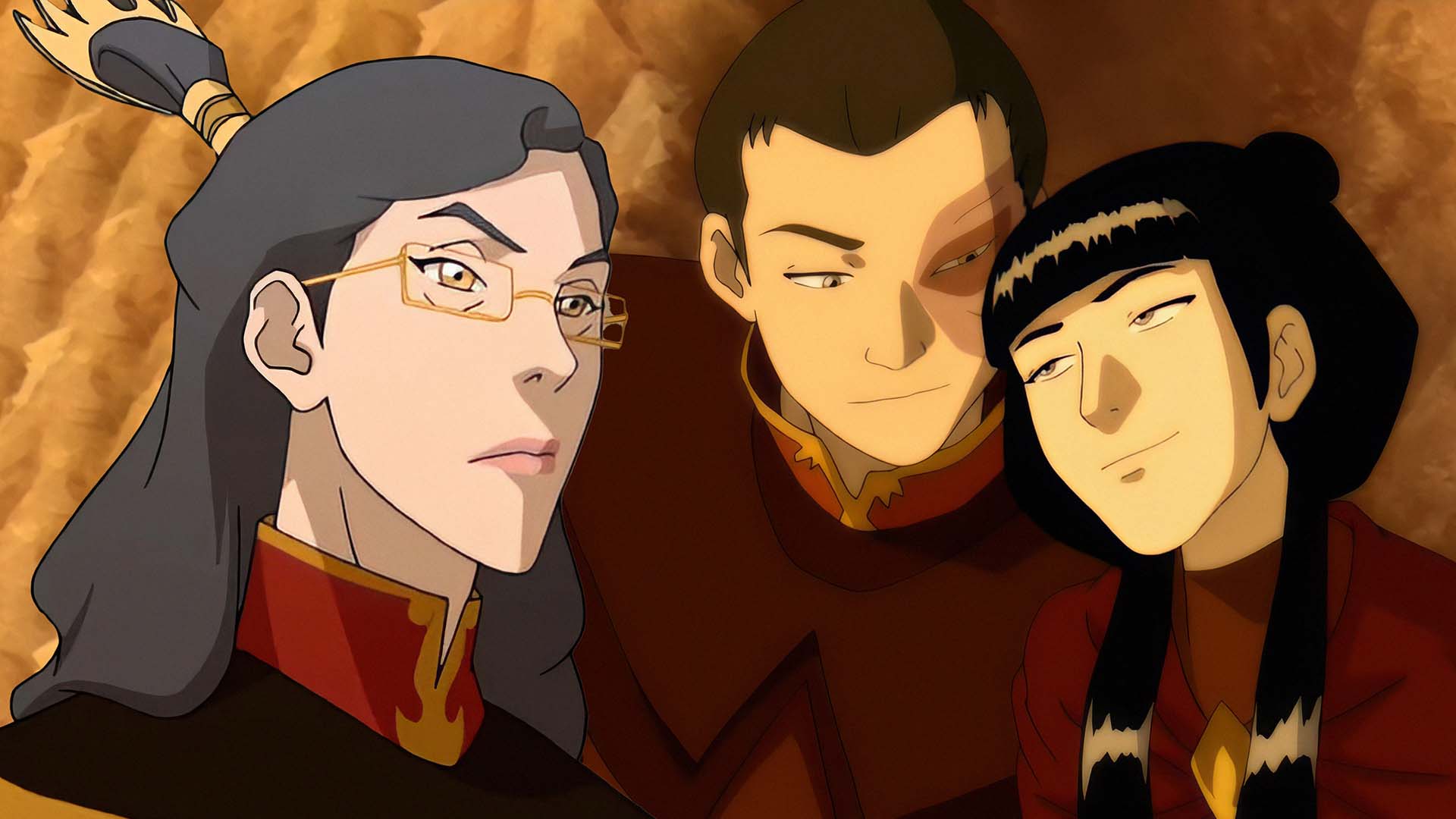Should we call every anime-inspired project an anime?
Summary
- Anime usually refers to animation produced in Japan.
- However, anime has long been a global phenomenon.
- Still, maybe we should stop calling everything anime.
The debate over whether foreign projects that imitate Japanese animation style can be called 'anime' has been raging since the '00s, if not earlier. Fans have argued over whether the American Avatar: The Last Airbender, the French-Japanese Ōban Star-Racers, and the purely French Wakfu all qualify as anime. Unfortunately, there has never been a consensus.
In 2024, as Japanese anime has become an indispensable part of global pop culture, the answer to the question has only become more complicated. Crunchyroll, based in Coppell, Texas, but owned by Sony and Aniplex, is heavily involved in the production and distribution of projects created by Japanese animators, and Netflix even brands all of its current animation as 'anime', even though no one from Japan is involved in the production. So what is anime, and can movies and shows produced outside of Japan be called such?
Why We Should Differentiate Japanese, Korean, Chinese, and Taiwanese Animation
Before we get to the question itself, it is important to note that while in Japanese the term 'anime' is used to refer to all animation in general, outside of Japan it is used exclusively to describe projects produced in that country.
Moreover, although in recent years we have seen studios from South Korea, China and Taiwan actively imitating the Japanese style, none of them prefers to call their projects 'anime'. Although in Korean, as in Japanese, the term 'aeni' comes from the transliteration of the English 'animation', and in Mandarin they use the term 'donghua', which literally translates as 'animation', the industries in these countries prefer to use colloquial terminology in their respective languages.
This is largely due to the studios' efforts to separate themselves from the Japanese industry and develop their own styles and narratives, albeit inspired by anime.
And Yet, Anime Has Become a Global Phenomenon
However, anime is no longer an exclusively Japanese business aimed at a Japanese audience. Thanks to the global distribution of Netflix and Crunchyroll, the Japanese market is only benefiting. A case in point is Demon Slayer: Kimetsu no Yaiba —The Movie: Mugen Train, which grossed $507.1 million at the worldwide box office.
Adding to the confusion is the fact that Japanese studios themselves have become heavily involved with foreign companies and outsourcers. Austrian-born Bahi JD, for example, has been hired as a key animator on many popular Japanese projects by A-1 Pictures, Bones and Trigger. The latter's Cyberpunk: Edgerunners lists members of Polish studio CD Project Red as showrunners, executive producers and writers, among Japanese ones. In addition, December 2024 will see the release of The Lord of the Rings: The War of the Rohirrim, an anime film directed by Kenji Kamiyama and co-produced by Japan's Sola Entertainment, but still featuring American and New Zealand writers and producers.
Even within the Japanese market, foreigners have begun to play an increasingly prominent role. Science SARU, based in Kichijōji, Tokyo, was co-founded by Korean Eunyoung Choi, and one of its key animators and directors is Spanish Abel Góngora. The same goes for E&H Production, founded by Korean Sunghoo Park, a MAPPA alum.
So Can American Animation Be Called Anime?
Perhaps the best answer is the case of South Korean Studio Mir, which has provided animation in The Legend of Korra, My Adventures with Superman, Dota: Dragon's Blood, and The Witcher: Nightmare of the Wolf. Despite the obvious anime inspirations, they have developed their own visual language, which they call 'Studio Mir style'.
So instead of appropriating Japanese culture, maybe it's time to raise the profile of our own animation studios, even though anime has become a global entity. After all, it is unlikely that either the Koreans or the Chinese would want to be 'labeled' that way.

